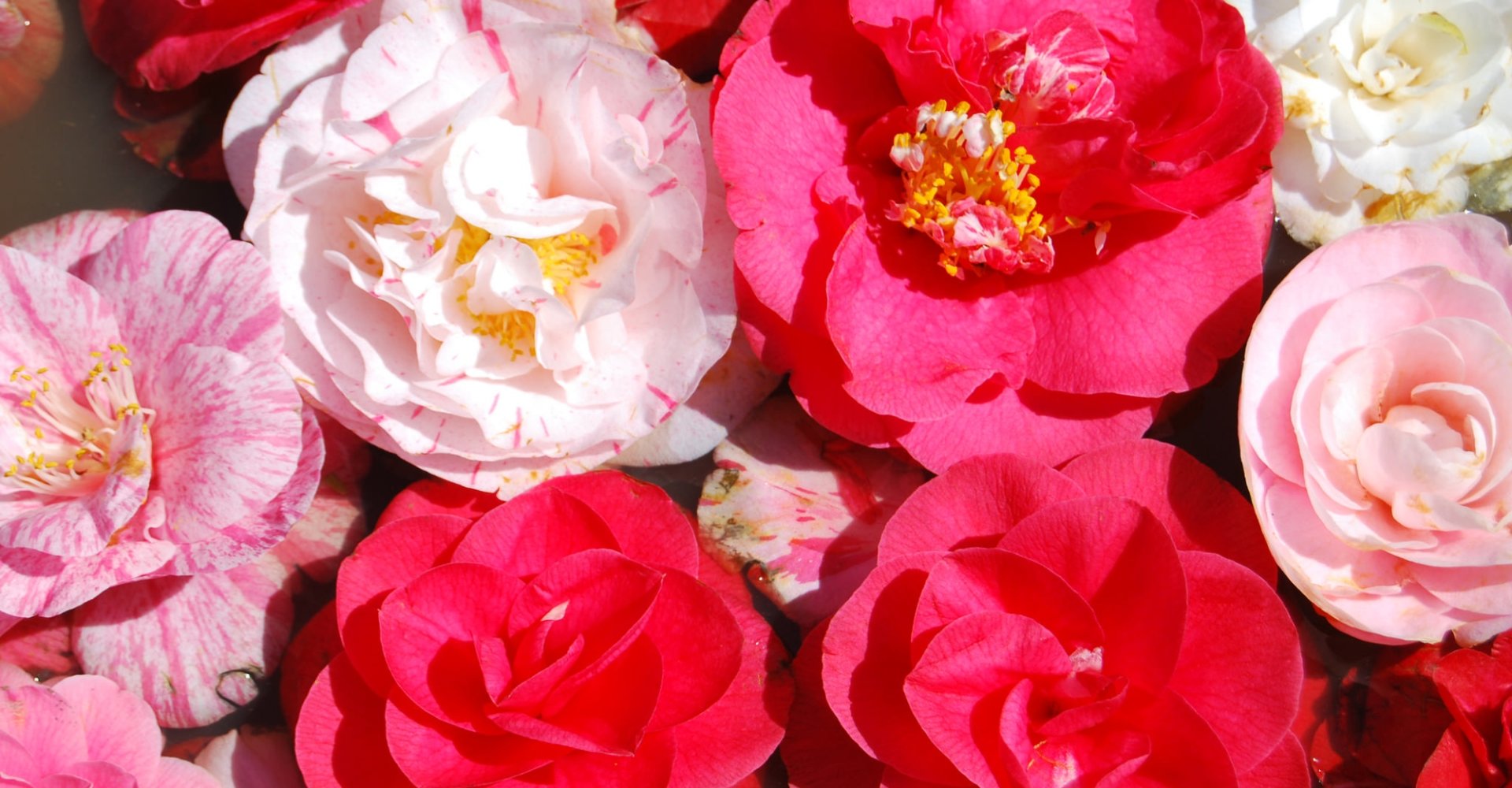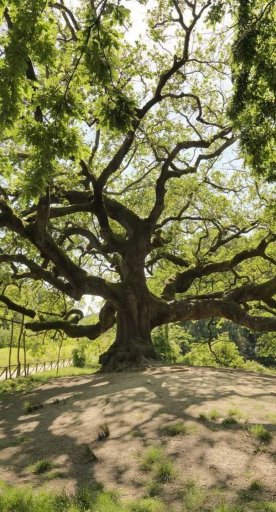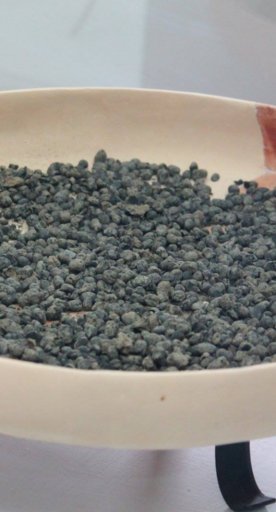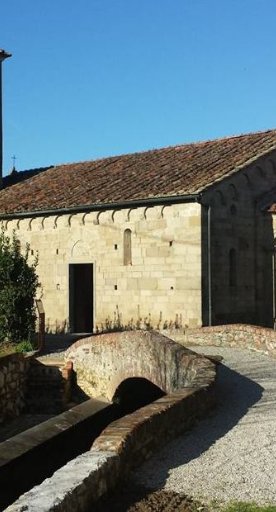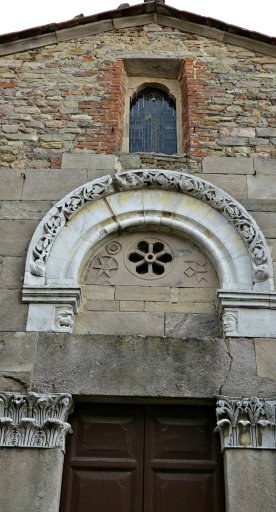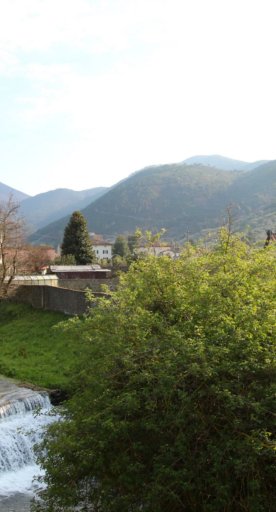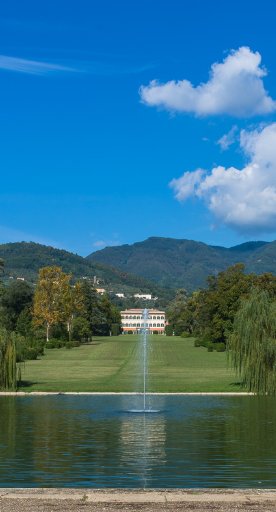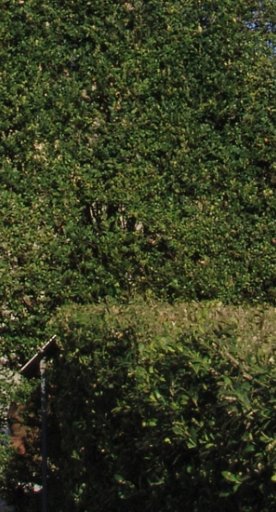Camellia Garden in Sant'Andrea di Compito
The most visited camellia garden in Italy
The Camellia Garden in Sant'Andrea di Compito, also known as the Camellietum Compitese, is a garden containing over 1,000 varieties of camellia. It has become a "Garden of Excellence," an honor held by only 39 other places in the world, and is located on the Plain of Lucca, in an area crossed by flowing waterways and known for its beautiful historic villas.
Camellias arrived in Lucchesia, the Lucca hills, in the late eighteenth century and were a great success, not only because of their beauty but also because the climate was suitable for their cultivation.
It all began thanks to the passion of Dr. Angelo Borrini, eye doctor to Duke Charles II Duke of Parma, who planted them in numerous gardens of the most important residences.
In order to preserve this botanical heritage, the Camellietum was established. It is an area for the conservation and protection of "ancient cultivars" (i.e., varieties created by man). In 2002, the community of Sant’Andrea and Pieve di Compito and the Capannori municipal administration created this public garden filled solely with camellias on terraced land crossed by a spring-fed waterway. Thus, specimens of Camellia japonica from local, Tuscan and Italian villas, and later from numerous countries around the world, were planted there.
Since then, the Camellia Garden, as it is now commonly called, has experienced a slow but steady growth of "cultivars," which now amount to about 1,000, of which 250 are nomenclated. A small Garden of Eden, where specimens of every color can be seen, from ruby red to delicate pink, mottled purple and pearly white.
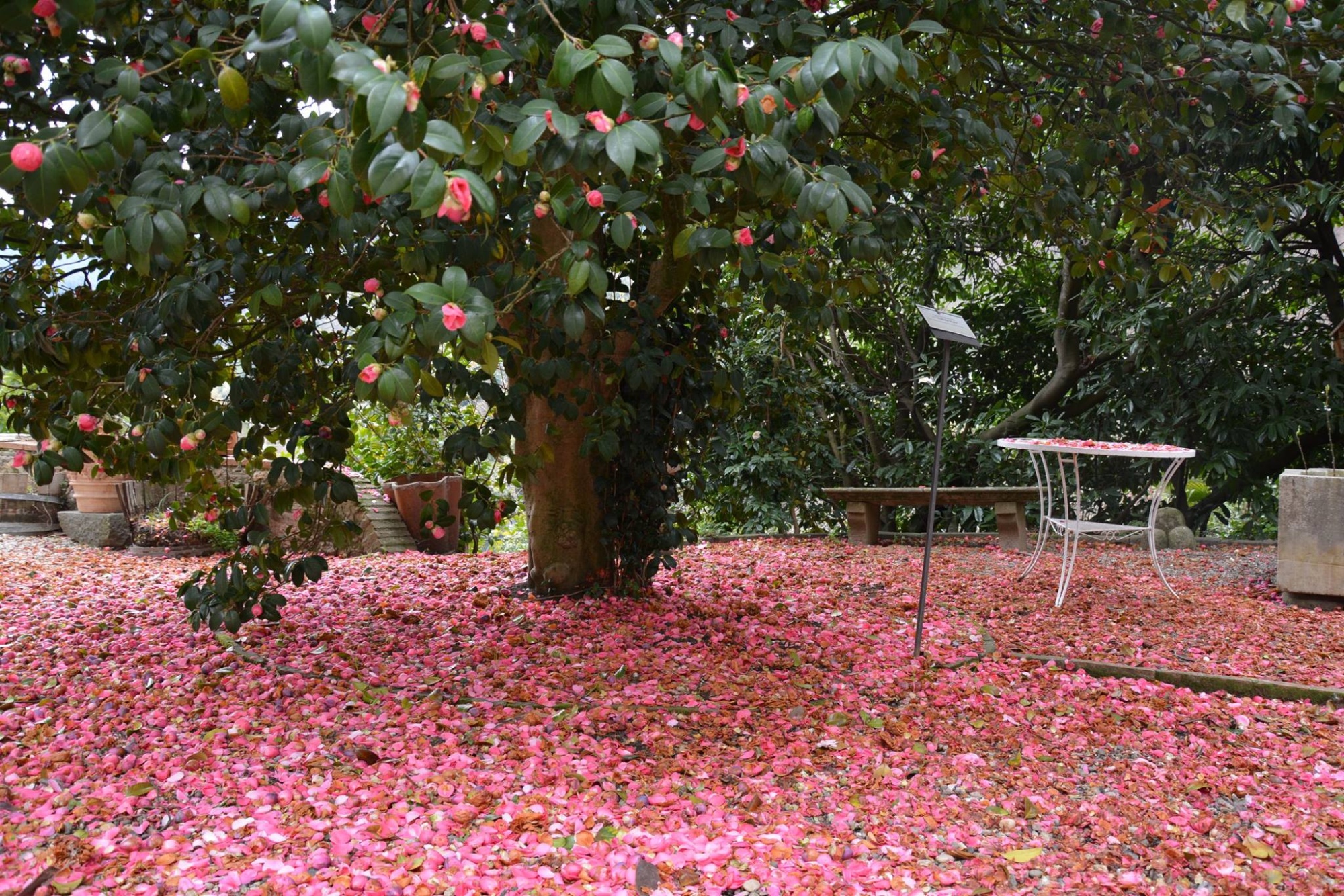
The Camellietum is now a destination for camellia lovers and a study and research center for universities and botanists, but it is also a park that hosts musical and theatrical events, conventions and conferences. The garden can be visited, particularly during the Ancient Camellias of Lucca Exhibition, held on weekends in March, or by booking.






